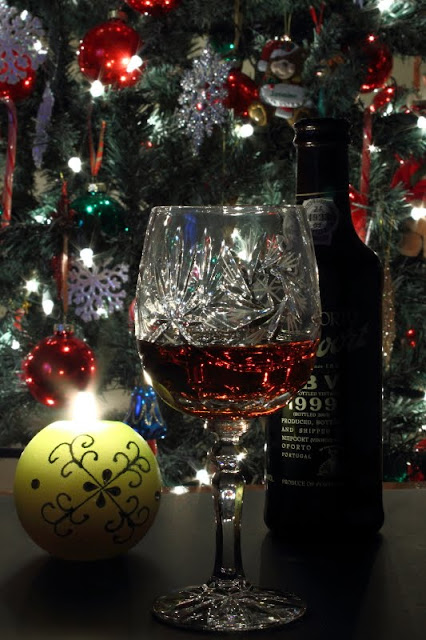Greetings and welcome to Hohenfels Volks, THE place for our place. Hohenfels was greeted with clear skies, which soon disappeared, as usual. However, Thursday brings us a new post, one that will get you thinking and warm things up.
Today we’re going to talk about printing and preparing your image for printing. It’s a technical issue, but we’re going to concentrate on the simplest way to get your images print shop perfect, or ready for web display. Break out your files and let’s get kicking.
First things, being by their nature, first; we’re going to assume that even though you know math, you don’t like to do too much when working on your pics. Of course, I’m basing that on a notion I pulled out of thin air, so forgive me if I’m wrong. You’re going to have to do some math, but we’ll keep it simple here.
The first question we need to address is how are we presenting our images.
For web based viewing, simple jpegs for your blog or Facebook, an image 800 on the long side should be sufficient. That’s going to take up a little less than half of a monitor running 1920x1080 in landscape mode, and or a little over ¾ when the image in portrait mode. Of course, monitors with smaller resolutions will be filled to a greater extent, based on their resolution. 72 dpi for web presentation or e-mail is sufficient and will allow most monitors or browsers to present the image as desired. Using greater dimensions or a greater than 72 dpi resolutions creates larger files and slower downloads, so if you do desire larger, keep that in mind. If you try to print an 800x600 image at 72 dpi, you can get a print size of 11.11x8.33 inches. For reasons you’ll soon see, that’s unacceptable. For e-mail, generally follow the same guidelines, unless you are e-mailing it for printing.
For print presentation, things get a little trickier. Time to get your calculator out; we’re going to do some simple math. Print resolution will generally be determined by size and viewing distance, which is a function of size. First, let’s say this now- billboard images look good at 5-10 dpi, mostly because we’re so far away and can’t make out the dots. If you want a great print that you can view from a foot away, you need 300 dpi. Let’s assume that the normal person puts an 8x10 on his wall, he probably doesn’t view it from more than 2 feet away. To get a good print at 8x10, with a viewing distance of 2 feet 180 dpi is more than adequate, with 150 dpi being acceptable to most people with normal vision. Here’s the math. To get the right file resolution, multiply the desired dpi by the desired length of that side. Then do the same for the other side. So 8x10 at 180 dpi gives us 1440 by 1800 at 180 dpi in your software.
Now, here’s another catch. When viewing in an album, whether your image is 4x6 or 8x10, print at 300 dpi, as the viewing distance will likely be about 1 foot, and not much more than 2 feet. That way the folks who move in closer than that won’t see the dots formed by the printer’s ink spray.
Another guideline is the viewing distance should be 1.5 to 2 times the diagonal of the print. For a 20x30 inch print, with a viewing distance of 54 inches 64 dpi is sufficient, although 100 is better. That allows for wiggle room. I’ve had prints made 20x30, printed at 103 dpi, and viewed them at 1-2 feet and been amazed by what a good printer can do. I use Mpix or MpixPro, others like Nations Photo Lab or Shutterfly.
For those who are interested,
here is a good link to a print calculator that will help you in determining what size and resolution to go with. It's also a decent resource for more information about print resolution.
B&H has a great chart by camera megapixels and print size that should be a good guideline, and save you having to enter numbers!
After you do your sizing, then apply sharpening. That way the sharpening is appropriate for your print. Next time in Tech Talk we’ll look at sharpening and how to apply it, and what those terms used when referring to sharpening mean.
Let’s hope we get everyone voting and taking their pics for this week’s theme, Knock Knock.
Enjoy the rest of your evening, and remember to cast your vote for next week’s theme. Don’t forget to get your pics posted at the Hohenfels Volks
Facebook page. Of course, commenting on both Facebook and here is always appreciated, too!























